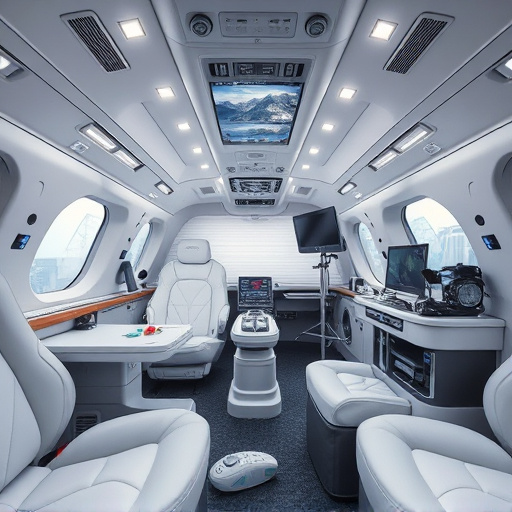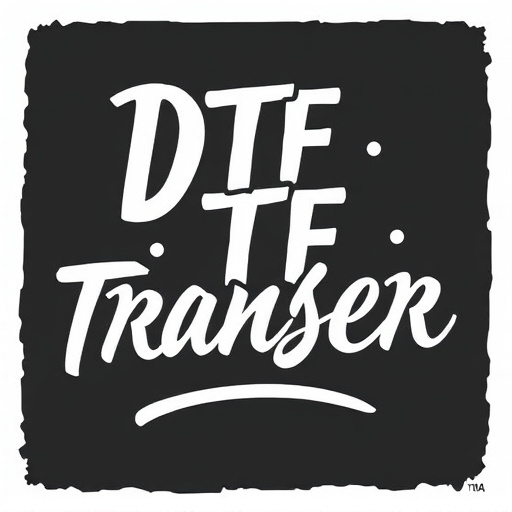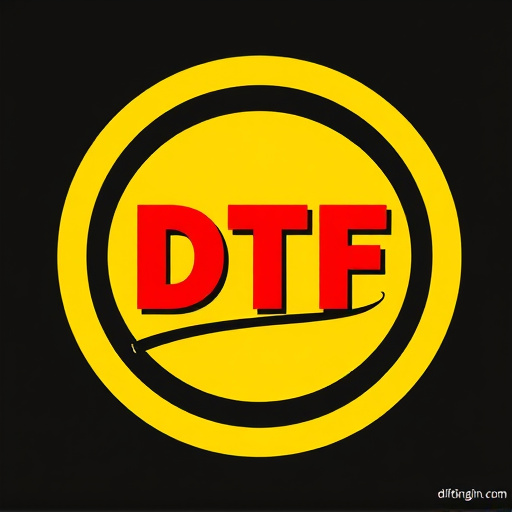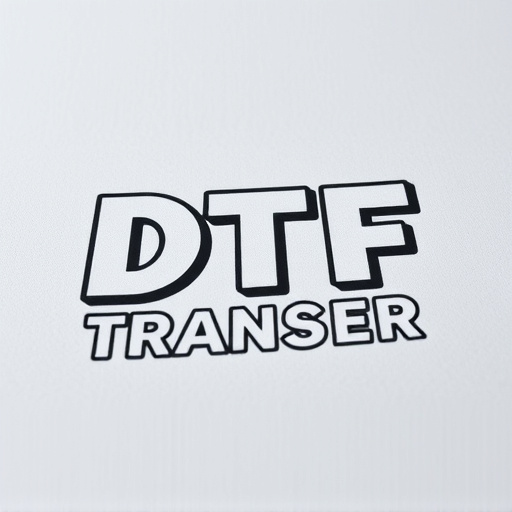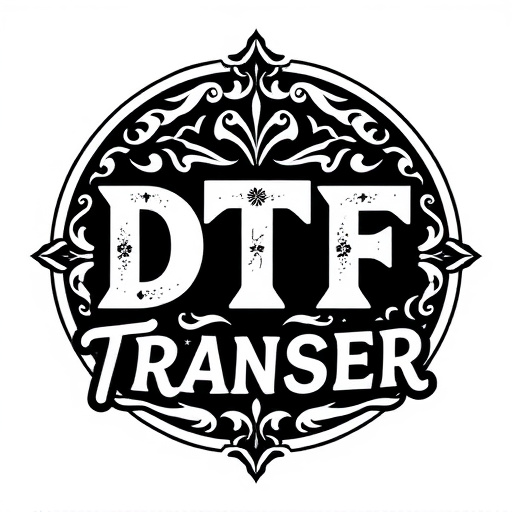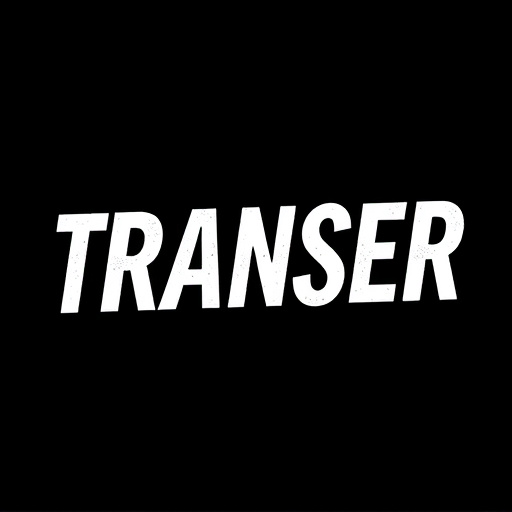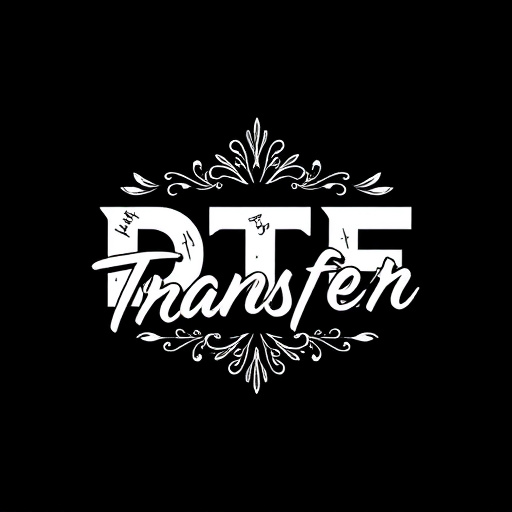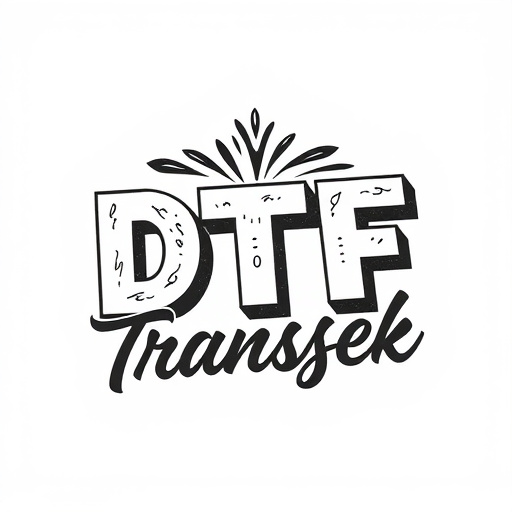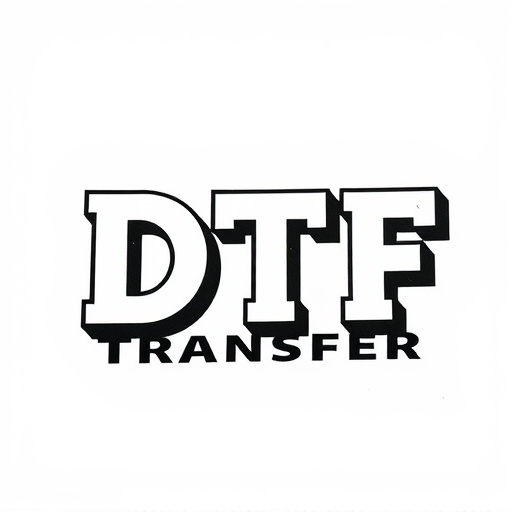The Direct to Fabric (DTF) Transfer method offers businesses and designers a flexible, cost-effective way to produce custom fabrics in small batches without large minimum order sizes. Ideal for unique garments or limited-edition pieces, DTF Printing ensures precise, high-quality prints on various fabric types. This technology caters to fashion designers, small businesses personalizing merchandise, and eco-conscious consumers due to its on-demand production and reduced waste. Navigating the process involves identifying reputable providers, uploading designs, and prioritizing image quality. Small-batch DTF Transfers are beneficial for testing patterns, minimizing waste, and offering unique products in niche markets. Maintaining consistent quality is crucial through meticulous attention to detail, equipment calibration, and rigorous quality control. As consumers increasingly seek personalized items, DTF Printing enables businesses to efficiently produce customized garments, accessories, and home goods with intricate designs.
Discover the freedom of small-batch printing with DTF (Direct to Fabric) transfer technology, eliminating traditional bulk requirements. This innovative approach allows for on-demand, custom printing at any scale. In this guide, we explore the versatility of DTF Transfer, its numerous advantages for low-quantity orders, and ideal applications from fashion to home decor. Learn how to order custom DTF prints without minimums and understand the quality considerations for successful small-scale production.
- Understanding DTF Transfer and Its Flexibility
- Advantages of Small-Batch DTF Printing
- How to Order Custom DTF Prints Without Bulk Minims
- Ideal Use Cases for Low-Quantity DTF Transfers
- Ensuring Quality in Small-Scale DTF Production
- The Future of Customization: DTF's Role in Personalized Items
Understanding DTF Transfer and Its Flexibility
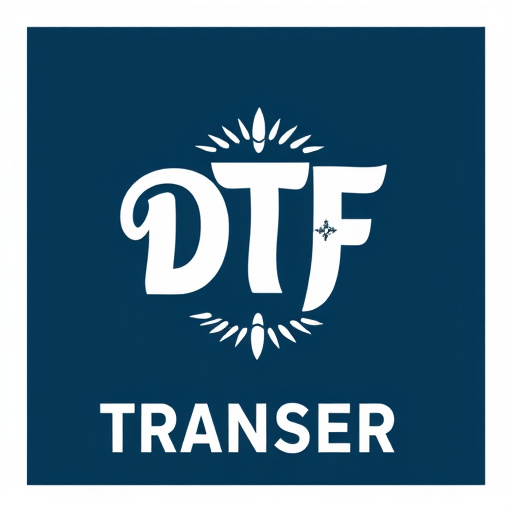
The DTF (Direct to Fabric) Transfer method offers unparalleled flexibility for small-batch production without imposing strict quantity requirements. Unlike traditional printing methods that demand large orders for cost-effectiveness, DTF allows businesses and designers to produce custom fabrics in smaller quantities with ease. This technology is particularly beneficial for those seeking unique, personalized garments or limited-edition pieces, as it enables the creation of intricate designs directly onto various fabric types without the need for complex set-up processes.
DTF Printing provides a straightforward approach to customization, allowing businesses to swiftly adapt to evolving trends and customer preferences. Its precision ensures that each DTF print retains exceptional quality, making it ideal for a diverse range of applications. From fashion designers creating limited-edition collections to small businesses personalizing merchandise, the DTF Transfer process offers an efficient, cost-effective solution for bringing distinctive fabric designs to life without the usual constraints of minimum order sizes.
Advantages of Small-Batch DTF Printing
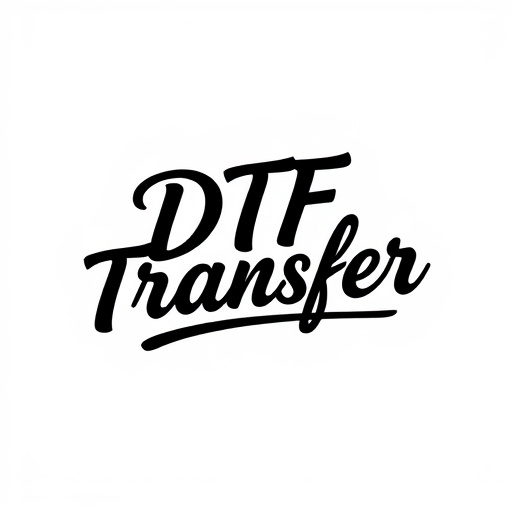
Small-batch DTF (Direct to Fabric) printing offers a multitude of advantages for businesses and creators looking to produce custom prints without the constraints of large minimum order quantities. One of the key benefits is its flexibility; you can easily adapt designs and personalize products according to customer preferences, allowing for unique and diverse offerings. This method is particularly appealing for small businesses and entrepreneurs who want to test the market or create limited-edition items.
Additionally, DTF Printing enables efficient use of resources as it produces on-demand, reducing waste often associated with keeping large inventory levels. It’s an eco-friendly option as it minimizes excess fabric cuts and reduces the environmental impact of overproduction. The process also ensures high-quality prints, allowing for intricate details and vibrant colors, thus catering to those seeking exceptional DTF transfers for their apparel or accessories.
How to Order Custom DTF Prints Without Bulk Minims
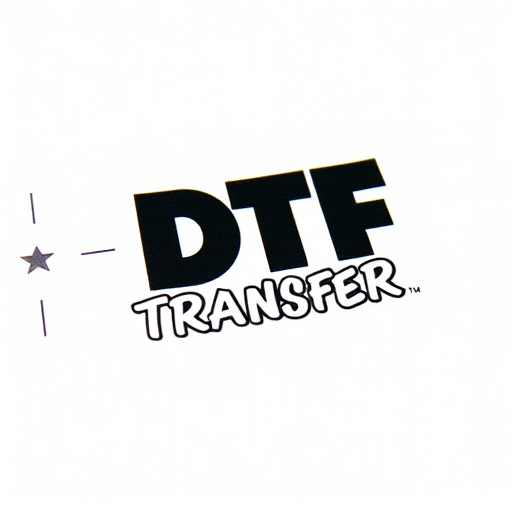
Ordering custom DTF (Direct to Garment) prints without bulk minimums is now easier than ever. Many print-on-demand services offer small-batch options, allowing you to create and order unique designs with minimal commitment. Here’s how to navigate this process effectively:
First, identify reputable print providers that cater to DTF transfers. These services often have user-friendly platforms where you can upload your design, choose the garment style and size, and preview your custom print. Some even offer sample orders or swatch tests to ensure color accuracy before placing a larger batch. When ordering small batches, focus on high-quality images, clear resolution, and precise color selection to achieve the best results.
Ideal Use Cases for Low-Quantity DTF Transfers
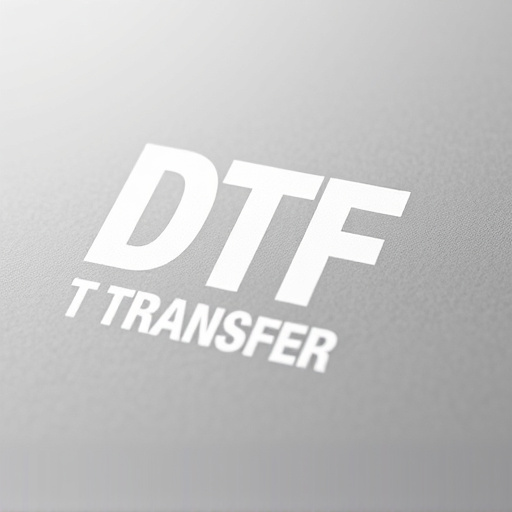
In various industries, small-batch or low-quantity DTF Transfers and DTF Printing cater to specific use cases where large-scale production isn’t feasible or necessary. From prototyping to custom designs, these options allow businesses and individuals to create unique products without committing to high minimum order quantities. For example, fashion designers can test market new patterns with small batches of T-shirts or apparel, ensuring they meet customer demand before mass production. This approach minimizes waste and allows for more flexibility in design iterations.
Additionally, DTF Prints are ideal for small businesses or entrepreneurs looking to personalize items like mugs, phone cases, or stationery. With a low setup cost and quick turnaround time, it enables them to offer made-to-order services, catering to customers seeking bespoke products. This method is particularly beneficial for niche markets where one-of-a-kind pieces hold significant value, ensuring that small businesses can compete while maintaining quality and customization.
Ensuring Quality in Small-Scale DTF Production
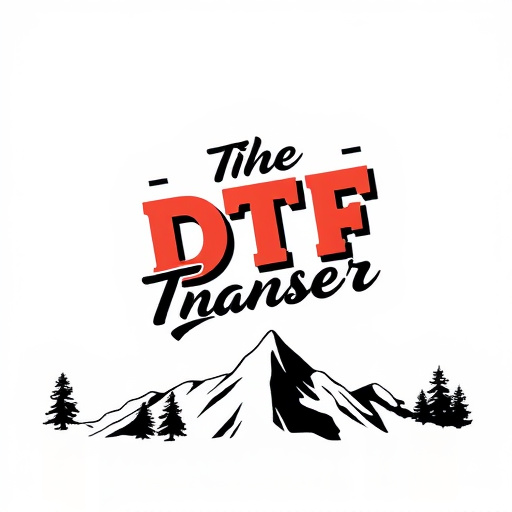
In small-batch DTF (Direct to Fabric) production, maintaining consistent quality is paramount. Unlike large-scale manufacturing where economies of volume ensure uniform results, smaller runs demand meticulous attention to detail. Every print should meet the same high standards, ensuring that each DTF transfer and subsequent DTF print is flawless. This involves careful calibration of printing equipment, regular maintenance to prevent wear and tear, and a rigorous quality control process.
Inspecting each DTF transfer for any defects or inconsistencies before application is crucial. Even minor issues can impact the final DTF prints, leading to missed deadlines or customer dissatisfaction. By implementing stringent quality checks at every stage—from material preparation to printing and post-processing—small-batch producers can deliver consistently superior DTF products that meet or exceed client expectations.
The Future of Customization: DTF's Role in Personalized Items
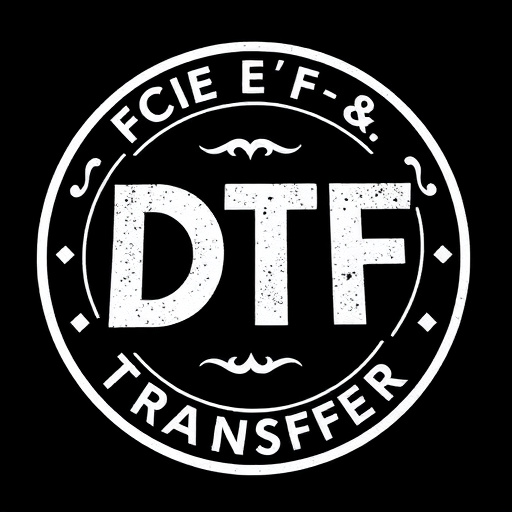
In today’s market, consumers are increasingly demanding personalized products that cater to their unique preferences and styles. This shift towards customization has opened up exciting opportunities for businesses to offer small-batch options without stringent quantity requirements. Digital technology, particularly Direct-To-Fabric (DTF) printing, plays a pivotal role in this revolution. DTF Transfer allows for precise, high-quality prints on a variety of fabrics, enabling manufacturers to produce customized items on smaller scales efficiently.
By leveraging DTF Printing, businesses can offer made-to-order garments, accessories, and home goods with intricate designs and personalized details. This level of customization not only satisfies individual tastes but also fosters a sense of ownership and uniqueness among consumers. As the demand for personalized products continues to surge, DTF Prints will remain a game-changer in the industry, enabling businesses to cater to diverse customer preferences while maintaining cost-effectiveness and flexibility.

